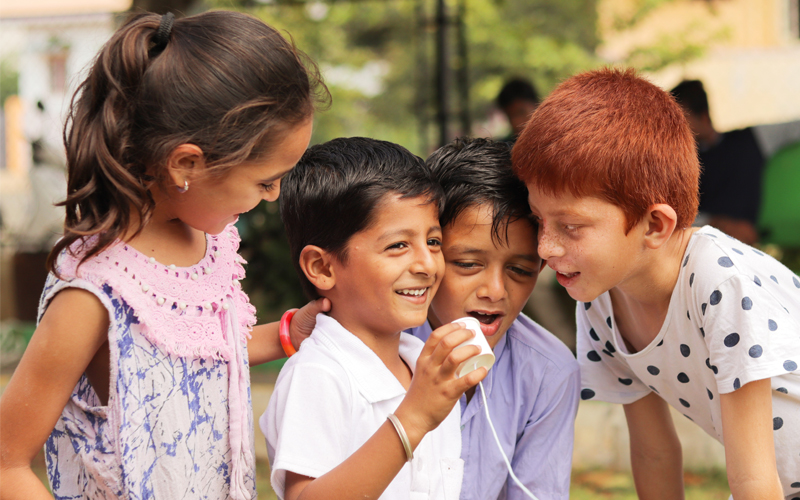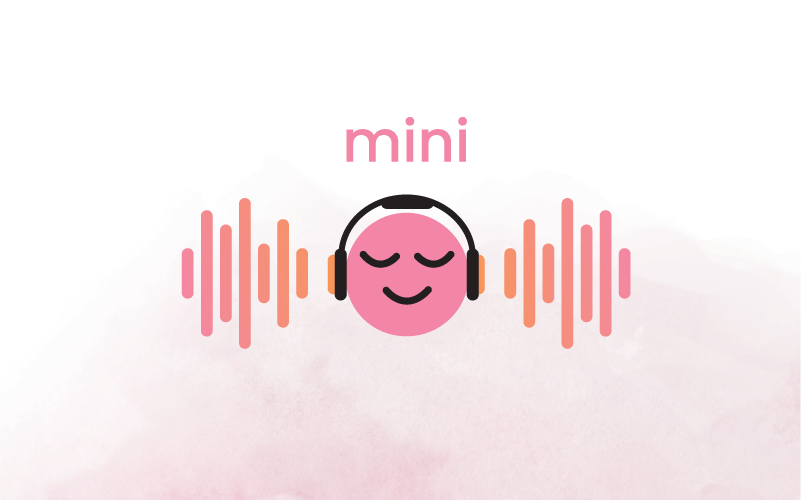The Purpose of Emotions

What Emotions Can Do
Experiences, relationships, beliefs, and physical health determine a large part of why we feel the way we feel. Whether emotions are comfortable or not, each sensation is telling us something we didn’t know before about our wants and needs. These opportunities to reflect on how emotions arise within our everyday life strengthen our social and emotional competence.
Emotions motivate us to make difficult decisions, lead purposeful lives, and advocate for ourselves and others. All of our emotions have a purpose that can be addressed in a meaningful and productive way, once we learn how to recognize and regulate them. Emotions like joy, give us a sense of purpose and well-being, while more challenging emotions like disgust help us redirect what is harmful or unhealthy. As we reflect on our inner lives, what we learn about ourselves and our students can create deeper bonds in and out of the classroom. Honoring and being aware of our emotions can lead to being more ambitious, empathetic, and determined individuals.

What Is the Purpose of Emotions?
As children develop and their emotional lives become more complex, it is pivotal that they learn how to identify, manage, and understand their emotions. With greater insight into their emotions, students will be able to make stronger connections between their emotions and the actions they take. From Plutchik’s eight emotions, we learn that joy, sadness, anger, fear, anticipation, surprise, disgust, and trust influence our daily actions and experiences (Karimova, 2021).
Once students take on the responsibility of acknowledging their feelings, it is easier for them to be empathetic to others who have had similar experiences. When listening to our inner emotional life, we are better able to remain calm, focus on the task at hand, and remain generous with ourselves and others. When we experience any of Plutchik’s eight emotions, it is useful to consider their purpose:
- Joy: gives us a sense of purpose and well-being
- Sadness: helps us focus on what matters
- Anger: motivates us to take action
- Fear: protects us from harm or danger
- Anticipation: helps us to predict our outcomes
- Surprise: redirects our attention to something new
- Disgust: helps us to redirect what is harmful or unhealthy
- Trust: allows us to be vulnerable and to bond with others
As we improve our awareness of the purpose behind our emotions, it becomes easier to manage both challenging and positive situations in and out of the classroom. Teachers and students will be able to express their values and beliefs more fully, engage in activities that are meaningful to us, and find that it’s easier to express ourselves in a more productive way.

How to Express Emotions Constructively
Even as adults, we are constantly learning (or unlearning) the way we handle our emotions. Unhealthy strategies for dealing with stress, like avoidance or withdrawing from friends and family, can be habitual—but those strategies don’t have to inform our responses forever. When we understand that emotions have a purpose, we can neutralize the way that we view them so that we are able to express them in a constructive manner.
Expressing emotions in a productive way not only helps us make more thoughtful decisions, but, as Lerner et al. (2015) have noted, it also makes our decision-making process faster. Research has also shown that joy and anger are closely related emotions that cause people to “leap into action” (Cherry & Morin, 2021). When we process valuable information about ourselves, we are better able to respond appropriately, no matter the circumstance. Consider the ways in which our actions create a positive response:
- When we experience anger, we are more likely to stand up against the source of resistance. This extends to social justice issues or standing up to protest.
- When we experience fear, we are more likely to protect ourselves and our loved ones.
- When we feel joy, we are more likely to act on our connection to satisfaction. (Cherry & Morin, 2021)

Emotions Allow Us to Understand Each Other
Expressing our emotions constructively involves not only being direct about how we feel, but also being aware of what we are communicating through body language and other cues such as facial expressions. Through universal unspoken dialogue, we are able to connect more deeply with others and share experiences. When we do express our emotions directly, whether we are feeling happy, sad, or surprised, it gives others valuable information that they can also use to make active decisions.
References
Cherry, K., & Morin, A. (2021, July 14). 5 reasons emotions are important. Verywell Mind. https://www.verywellmind.com/the-purpose-of-emotions-2795181
Karimova, H. (2021, May 20). The emotion wheel: What it is and how to use it. Positive Psychology. https://positivepsychology.com/emotion-wheel/
Lerner J. S., Li, Y., Valdesolo, P., & Kassam, K. S. (2015). Emotion and decision making. Annual Review of Psychology, 66, 799–823. doi:10.1146/annurev-psych-010213-115043
Please Sign in to Your Account.
Create a Free Account
Gain access to limited free articles, news alerts, select newsletters, podcasts and some daily games.



